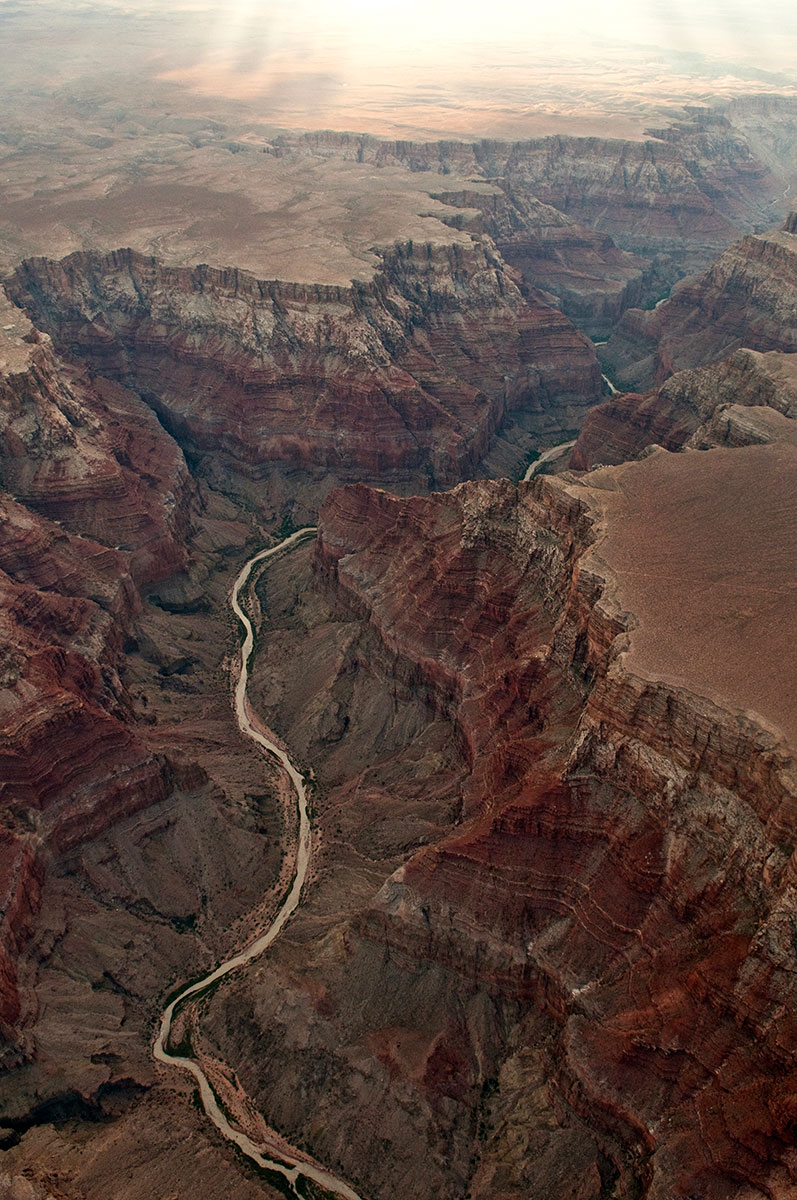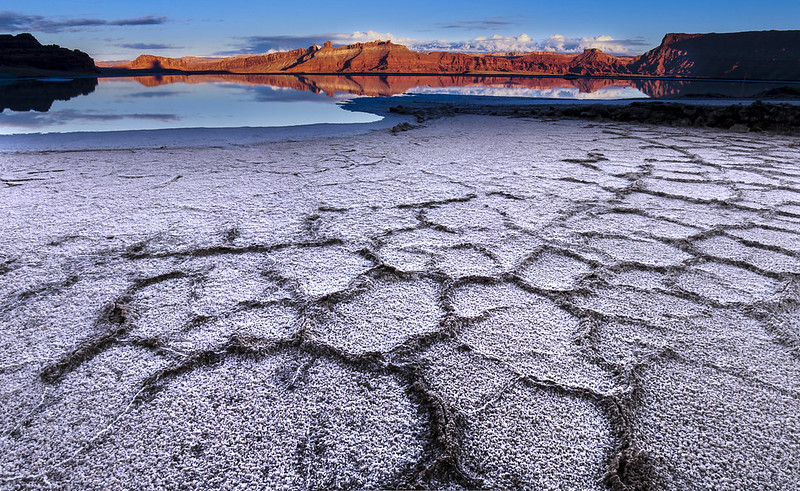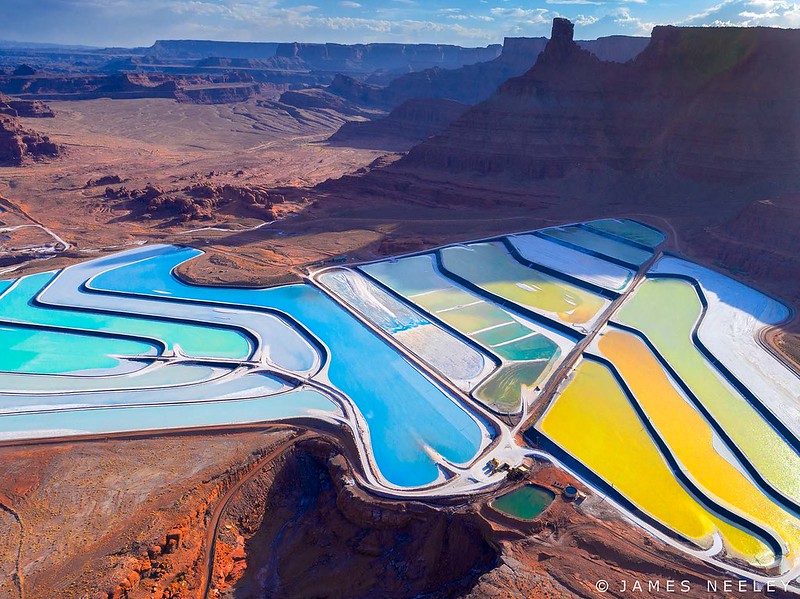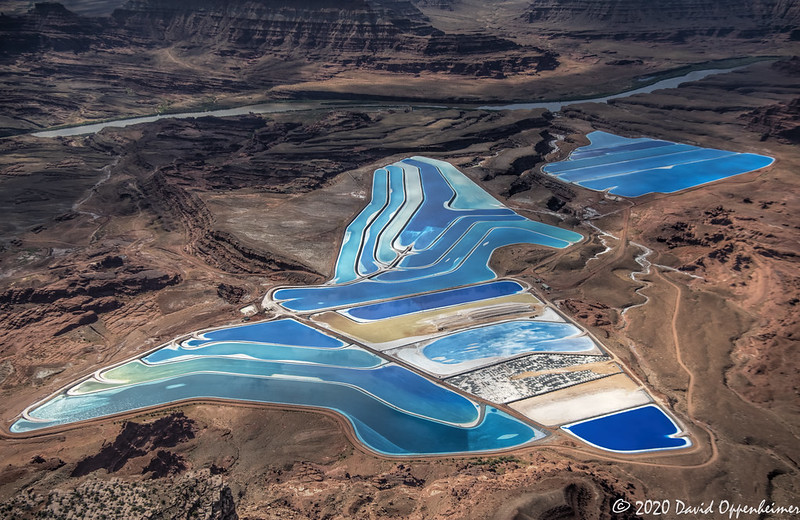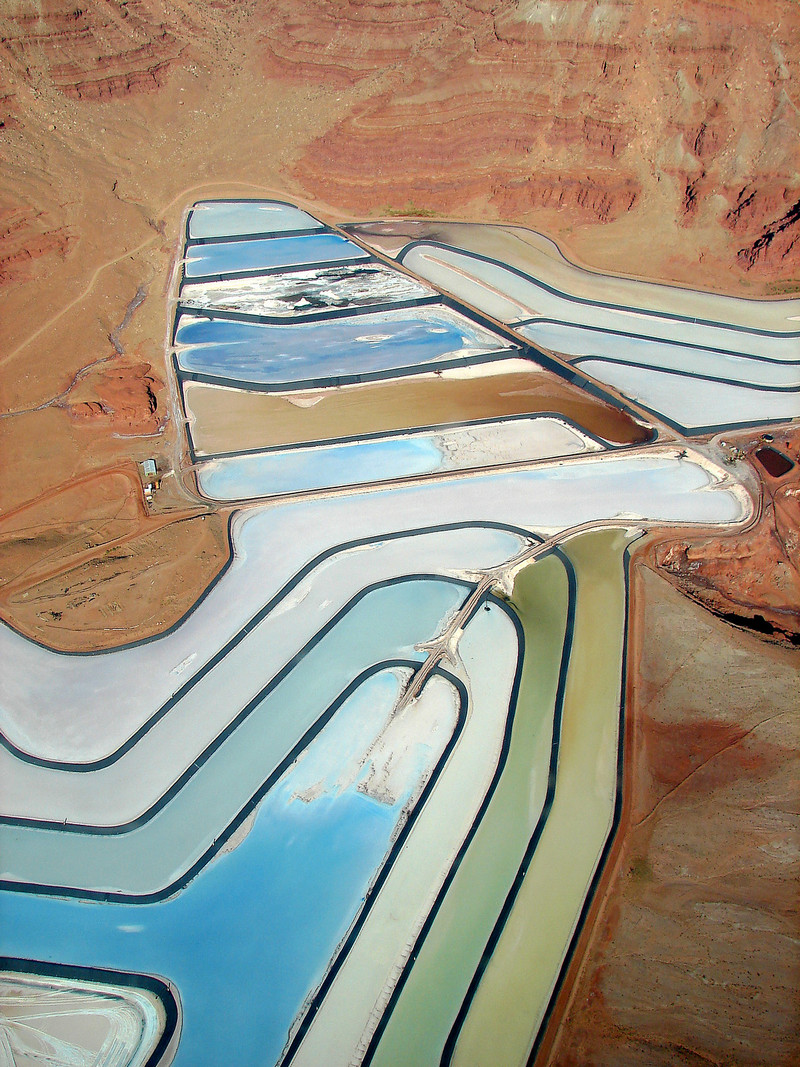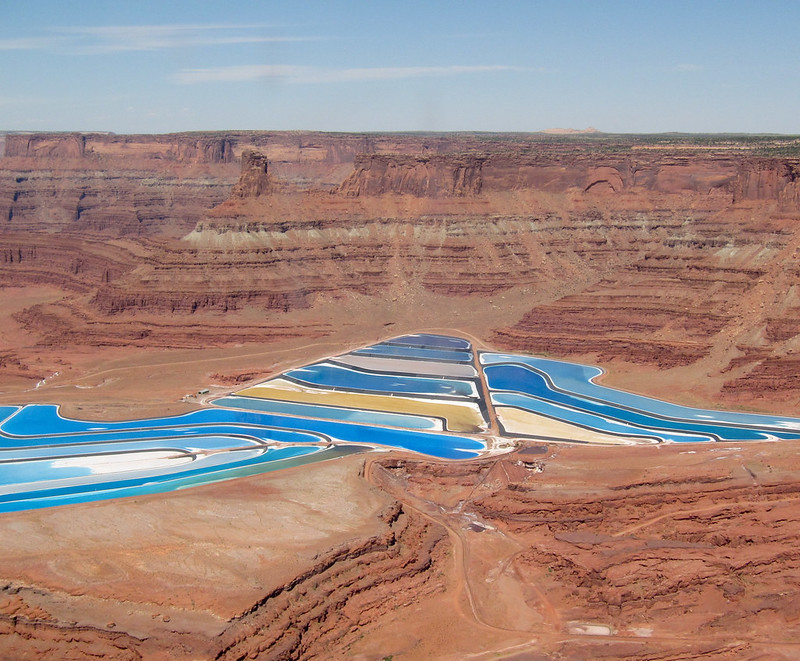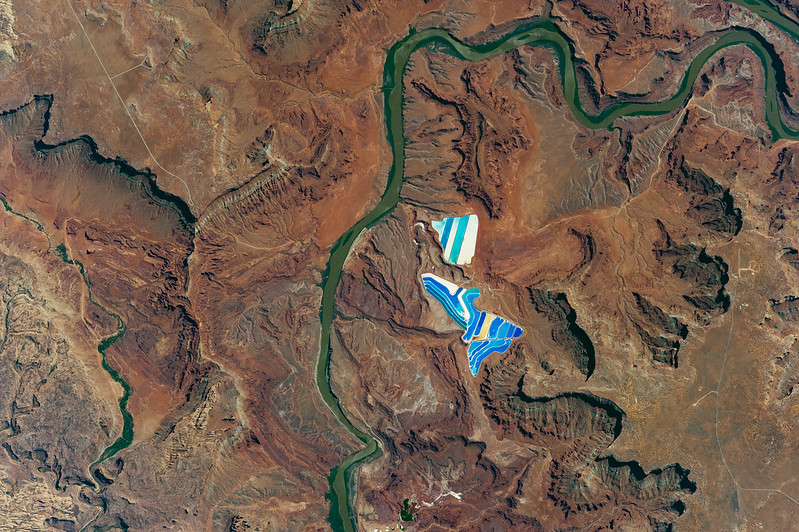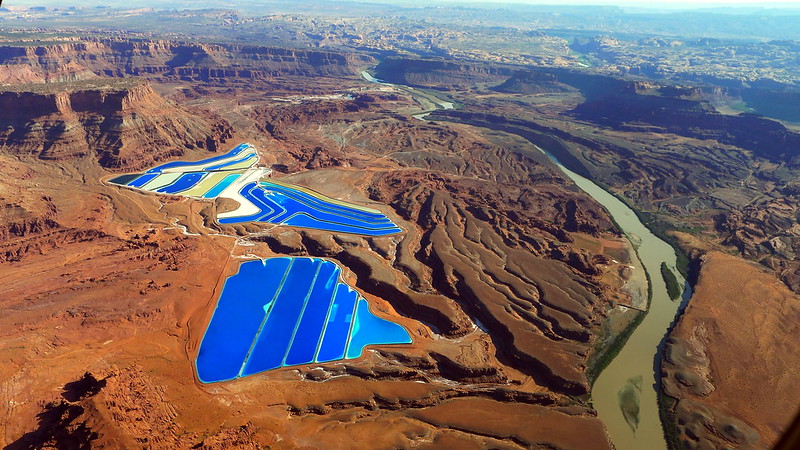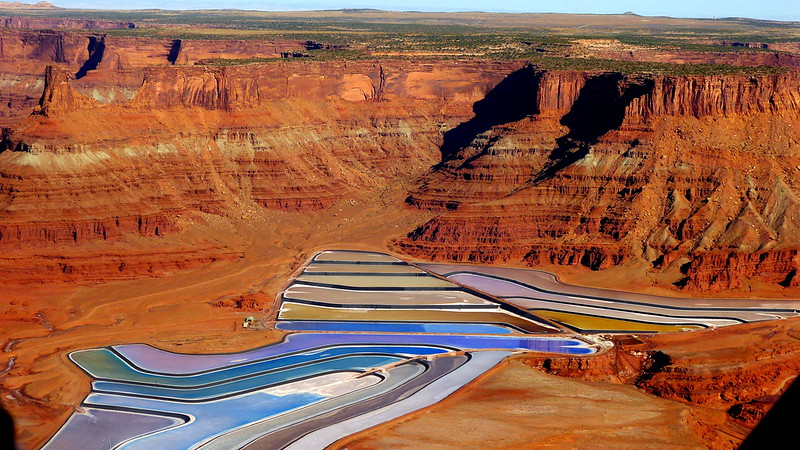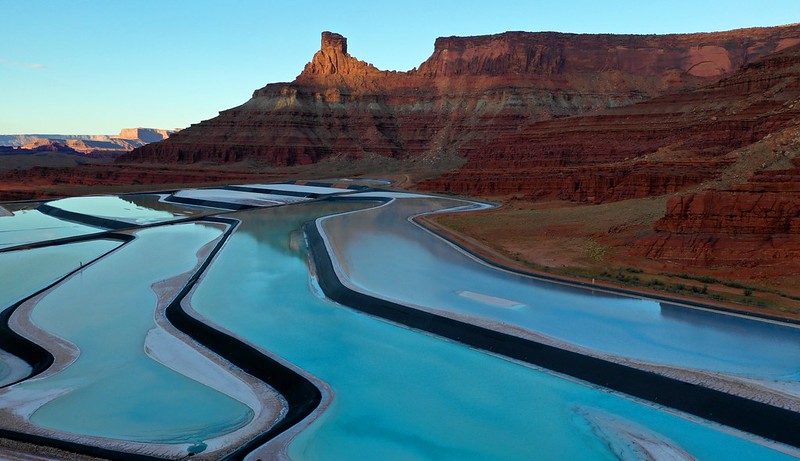American Nile: Saving the Colorado – National Geographic
The Colorado River, also known as The American Nile, has been a lifeline for the Western United States for centuries. It spans over 1,400 miles, originating in the Rocky Mountains of Colorado and flowing into Mexico’s Gulf of California. The river provides water to over 40 million people, irrigation for crops, and electricity to cities through hydroelectric power plants. However, it has been under severe stress due to overuse, climate change, and drought.
The Colorado River is one of the most tapped rivers in the world, with dams and diversions for agriculture, cities, and industry. The river’s water is allocated to seven states, including Colorado, Wyoming, Utah, New Mexico, Nevada, Arizona, and California, and the country of Mexico. Due to the overuse of water resources, the river has become severely depleted, and its water levels have dropped significantly. In recent years, the river’s water flow has decreased by around 20%, which has led to drought conditions across the region.
The need for water has put enormous pressure on the Colorado River, and the demand is expected to increase in the coming years. The population in the Western United States is projected to grow by around 20 million people by 2050, which will only increase the demand for water. To address this issue, stakeholders have been working together to develop a sustainable solution to save the Colorado River.
Efforts to save the Colorado River include conservation measures, such as reducing water consumption and recycling wastewater, improving agricultural irrigation techniques, and restoring wetlands and forests. Additionally, innovative approaches like cloud seeding, where chemicals are sprayed into clouds to stimulate precipitation, have been experimented with to increase the river’s water levels. There have also been talks of implementing a water market, where farmers and cities can buy and sell water rights to ensure a more efficient distribution of water resources.
The Colorado River is an integral part of the Western United States’ economy, ecology, and culture, and its preservation is vital. The challenges that the river faces are complex, and the solutions will require the cooperation of all stakeholders, including government agencies, tribes, conservation groups, farmers, and businesses. By working together, we can ensure that The American Nile continues to flow and sustain the region’s communities and environment for generations to come.
